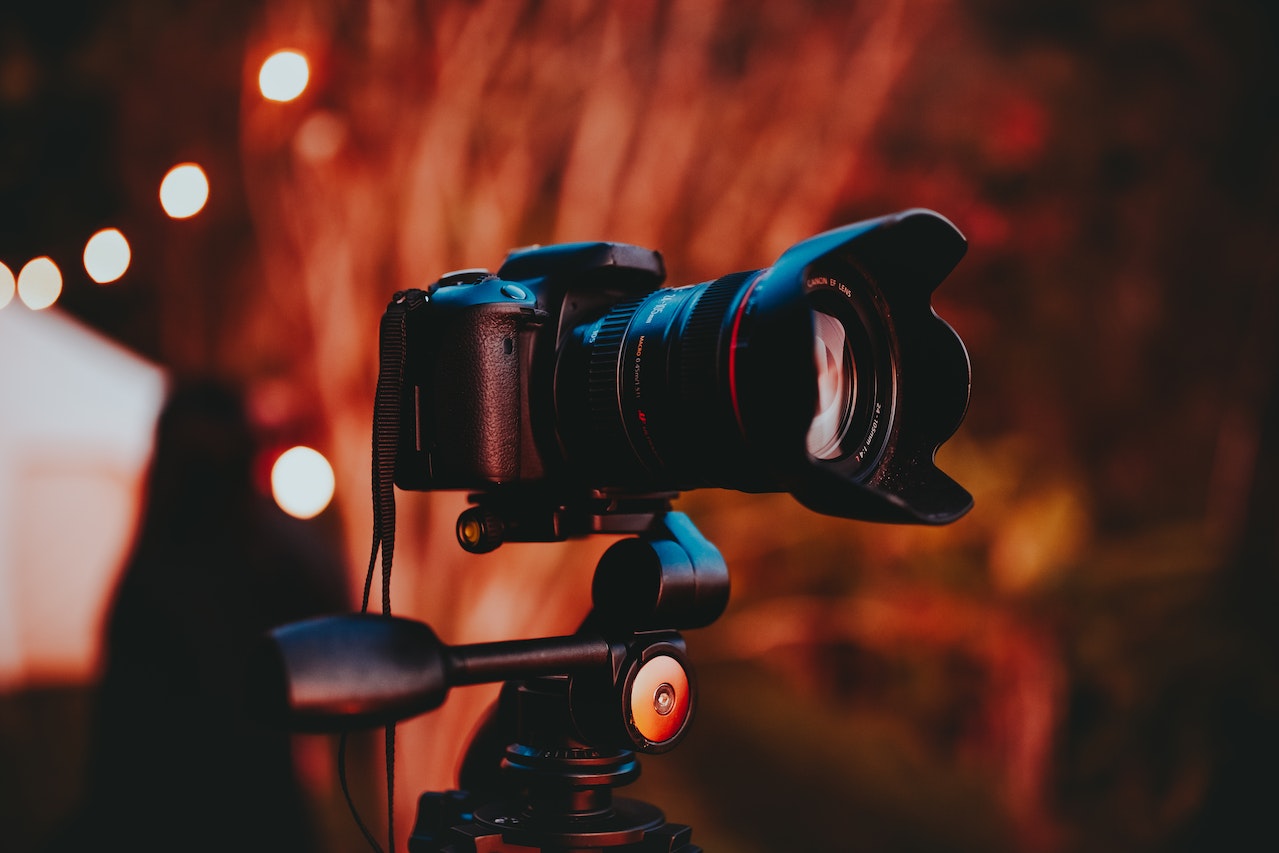Photography is a dynamic art form that encompasses various elements, each contributing to the final masterpiece. Among these crucial components, the photography background color holds a significant position. The choice of background color can greatly influence the visual impact of an image, evoke emotions, and enhance the overall storytelling. In this article, we delve into the importance of photography background colors, their impact on the final composition, and how different shades can be used to convey diverse moods.

The Power of Photography Background Color
When it comes to photography, every detail matters. The background color serves as a canvas on which the subject takes center stage. It sets the tone, creates a context, and complements the subject’s characteristics. The right photography background color can elevate an ordinary image to an extraordinary one, evoking feelings and provoking thoughts that resonate with viewers.
Enhancing Visual Depth
Photography background colors also play a pivotal role in enhancing visual depth and dimension. By selecting contrasting colors between the subject and the background, photographers can create a sense of separation and three-dimensionality. For instance, a subject dressed in vibrant attire against a cool-toned background can pop out and grab the viewer’s attention, creating a visually captivating image. This technique is commonly used in fashion photography and portraiture.
Communicating Emotions
Colors have the incredible ability to convey emotions and trigger responses. Photography background colors can be strategically chosen to complement the subject’s emotional narrative. Warm tones like reds, oranges, and yellows can evoke feelings of happiness, energy, and warmth. On the other hand, cooler tones like blues and greens can evoke calmness, tranquility, and introspection. Photographers can use these color associations to their advantage when crafting compelling visual stories.
Contrast and Balance
The juxtaposition of photography background colors with the subject’s hues can create dynamic contrast and visual balance. This contrast draws the viewer’s eyes toward the subject, making it the focal point. A bright subject against a dark background or a light subject against a vibrant background creates a visually stimulating composition. Achieving balance within the frame ensures that neither the subject nor the background overwhelms the other, resulting in a harmonious visual experience.

Red Light for Photography
One captivating aspect of photography is the innovative use of lighting techniques to create different moods and effects. Among these techniques, the use of red light for photography stands out as a bold and dramatic choice. Incorporating red light into a photoshoot can add a sense of urgency, passion, or mystery to the scene. The interplay of shadows and highlights under a red glow can produce striking contrasts and emphasize specific elements within the frame.
Red Light for Photography: Breaking Conventions
Red light holds a unique place in photography, particularly for its ability to break conventional norms. The use of red light can transform an ordinary scene into an extraordinary one, demanding attention and challenging the viewer’s perception. Photographers who experiment with red light often find themselves exploring new creative avenues, discovering uncharted territories within their art.
Harnessing the Mysterious Allure
Red light possesses an innate ability to transform an image into a mesmerizing spectacle. The deep crimson hues cast shadows that dance in captivating ways, unveiling layers of mystery within the subject. The subtlety of details and the richness of tones that red light introduces can create a sense of enigma that entices viewers to linger over the photograph. The choice of red light for photography propels the viewer into a world of curiosity and wonder.
Creating Dramatic Contrasts
The juxtaposition between the intensity of red light and the shadows it casts can result in dramatic and compelling contrasts. The interplay of light and darkness takes on a heightened dimension under the crimson glow. Subtle nuances that might have gone unnoticed under conventional lighting suddenly spring to life, drawing attention to the intricacies of the subject. This dramatic contrast enhances the visual impact, giving the image a dynamic quality that demands to be seen.
Evoking Emotions with Intensity
Red light for photography is synonymous with intensity – an intensity that goes beyond mere illumination. This vivid hue can evoke a range of emotions, from passion and desire to urgency and excitement. The warmth of red light creates an emotional connection between the subject and the viewer, enveloping them in a sensory experience that transcends the visual. The photograph becomes a vessel for the emotions it embodies, communicated through the bold choice of lighting.
A Bold Departure from the Norm
Utilizing red light for photography is a conscious choice to deviate from established norms. It’s a departure from the familiar into the uncharted territory of creativity. By employing this technique, photographers break free from the constraints of conventionality, embracing the challenge to present subjects in a new light – quite literally. This audacious move invites viewers to see the subject from a fresh perspective, igniting conversations and interpretations that might not have surfaced otherwise.
The Versatility of Neutrals
While bold and vibrant colors can undoubtedly make an image stand out, neutral photography background colors should not be underestimated. Black, white, gray, and earth tones offer a timeless and elegant backdrop that can accentuate the subject’s features without overwhelming them. Neutrals provide a sense of sophistication and adaptability, making them a favorite choice across various genres of photography.
In the world of photography, the background color is not a mere afterthought; it’s a powerful tool that influences the entire visual narrative. By choosing the right color palette, photographers can elevate their images, evoke emotions, and craft compelling stories. From the audacious use of red light for photography to the subtlety of neutrals, the possibilities are as vast as the creative imagination. So, the next time you frame a shot, remember that the background color is an essential brushstroke on the canvas of your visual masterpiece.


